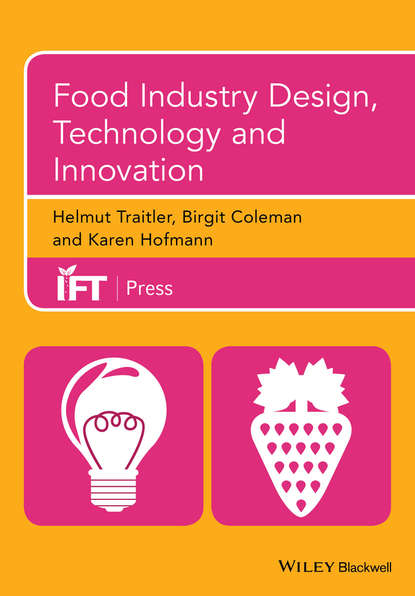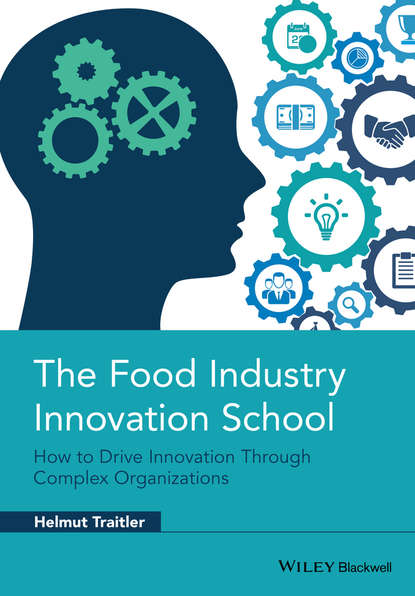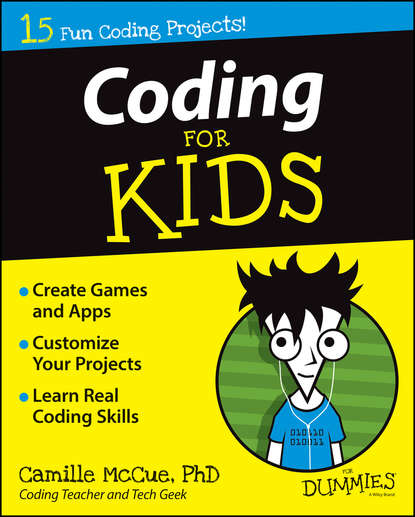Поиск:
Войти
Книги автора: Helmut Traitler
Сортировка
- сначала новые
- сначала новые
- по рейтингу
- по просмотрам
- по названию
Research and development represents a vast spread of topics and can be an arena for controversy. In …
Research and development represents a vast spread of topics and can be an arena for controversy. In academia, such controversy may stem from conflicting interpretations of data and subsequent conclusions, the question of who was first to discover a particular finding and whether or not the said finding is of any value to the scientific community. R&D in corporate environments is mostly defined and driven by costs and clearly identified, consumer-focused targets. There is, however, common ground between these two approaches as both strive to maximize knowledge, though for different reasons and in differnt ways. The equipment and scientific rigor may be similar or identical, however their usage, approach and interpretation are different. This book discusses the history and background of today's food industry R&D as seen by consumers, academia and the industry itself, with several chapters dedicated to new and disruptive approaches. A must-read for all professionals in the packaged goods industry as well as students who aspire to contribute to this new industry, forcefully driven by R&D.
Food products have always been designed, but usually not consciously. Even when design has been part…
Food products have always been designed, but usually not consciously. Even when design has been part of the process, it has often been restricted to considerations of packaging, logos, fonts and colors. But now design is impacting more dramatically on the complex web that makes up our food supply, and beginning to make it better. Ways of thinking about design have broad applications and are becoming central to how companies compete. To succeed, food designers need to understand consumers and envision what they want, and to use technology and systems to show they can deliver what has been envisioned. They also need to understand organizations in order to make innovation happen in a corporation. The authors of this book argue that design has been grossly underestimated in the food industry. The role of design in relation to technology of every kind (materials, mechanics, ingredients, conversion, transformation, etc.) is described, discussed, challenged and put into proper perspective. The authors deftly analyze and synthesize complex concepts, inspiring new ideas and practices through real-world examples. The second part of the book emphasizes the role of innovation and how the elements described and discussed in the first parts (design, technology, business) must join forces in order to drive valuable innovation in complex organizations such as large (and not so large) food companies. Ultimately, this groundbreaking book champions the implementation of a design role in defining and executing business strategies and business processes. Not only are designers tremendously important to the present and future successes of food corporations, but they should play an active and decisive role at the executive board level of any food company that strives for greater success.
Добавлено
Год выхода: 2018
Язык: Английский
Innovation and new product development are increasingly perceived as drivers of profits in the food …
Innovation and new product development are increasingly perceived as drivers of profits in the food industry. Companies are dedicating a large amount of resources to these areas and it is crucial that individuals understand how to be part of this new strategy. Food Industry Innovation School focuses on key skills needed to drive new ideas from initial concepts through to successful products on the shelf. The author argues that any individual can learn how to lead innovation within complex organizations utilizing companies? commercial and financial resources. The book focuses on the impact of single individuals on company successes. Case studies from the marketplace provide valuable examples of accomplishments and failures. Product development involves a plethora of activities such as R&D,innovation, engineering, packaging and design, manufacturing,logistics and supply chain management, as well as marketing, sales and finance, and the book addresses all these crucial functions undertaken by food companies and manufacturers of other packaged consumer goods. The learning principles and examples (based on the author's personal experience) are valid in many fast-moving consumer goods organizations and so the principles, best practices and solutions offered in the 12 chapters are relevant to a wide audience in the food industry and beyond, including those working in household products, retail, the automotive industry, computers and IT, furniture, and even media and publishing. Read more: http://www.innovationschool.co/
1
Популярные книги
















